A quest we get asked is “What causes a surge or spike?”
Essentially when you’re at an RV park and everybody is plugged in, you have electricity running through the wires from the park pole into your Watchdog or surge protector, into your Autoformer or whatever, going into your coach. Everybody is plugged in, they have a lot of draw or load on the line – their AC units, water heaters or microwaves working – there’s electricity flowing through the wires into that coach. If somebody doesn’t shut down or unplug from the pole properly, you can have a surge or a spike.
Picture electricity like water flowing through a pipe. If somebody goes to the pole and just yanks their shore cord out of the pole, that electricity – that water flowing through the pipe – hits a wall and has to go back through the powerline and can easily have an effect on anybody that’s still connected around that RV. So, a surge can be caused by your neighbors.
Obviously, if there’s a distant lightning strike hitting the ground or power lines, you can have a surge or spike that way. If it’s windy and you have power lines that are arcing, you can have a surge or spike. Even just simply turning on and off large equipment – washing machines, electric dryers, or devices with a high amp load – they can cause surges when they kick on and turn off. You’re essentially changing the flow of electricity. It’s this sudden change that causes that surge or spike. It can either go into your RV or somebody else that is near you if they’re still connected and you’re sharing some wires.
So essentially, you do want a surge protector. It is something that is necessary to prevent damaging surges or spikes.

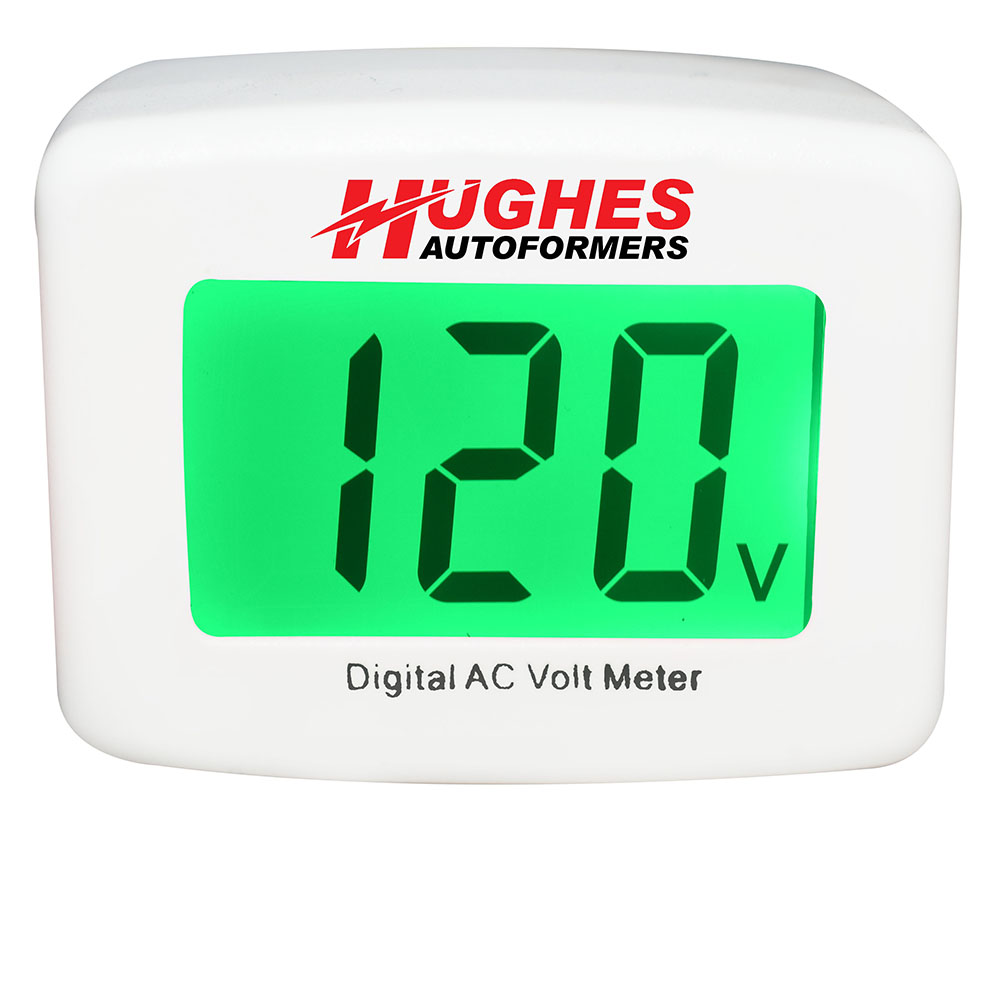
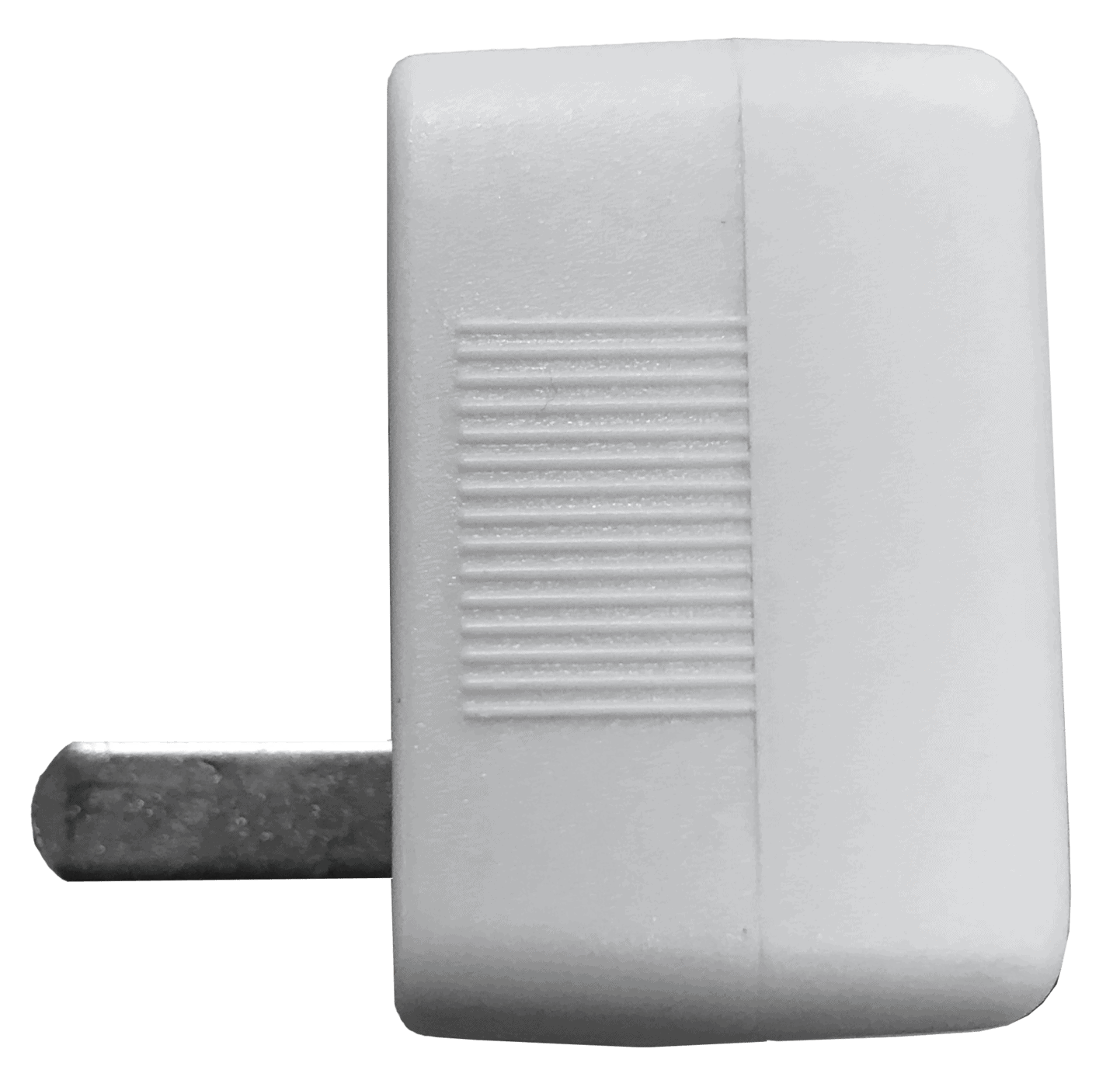

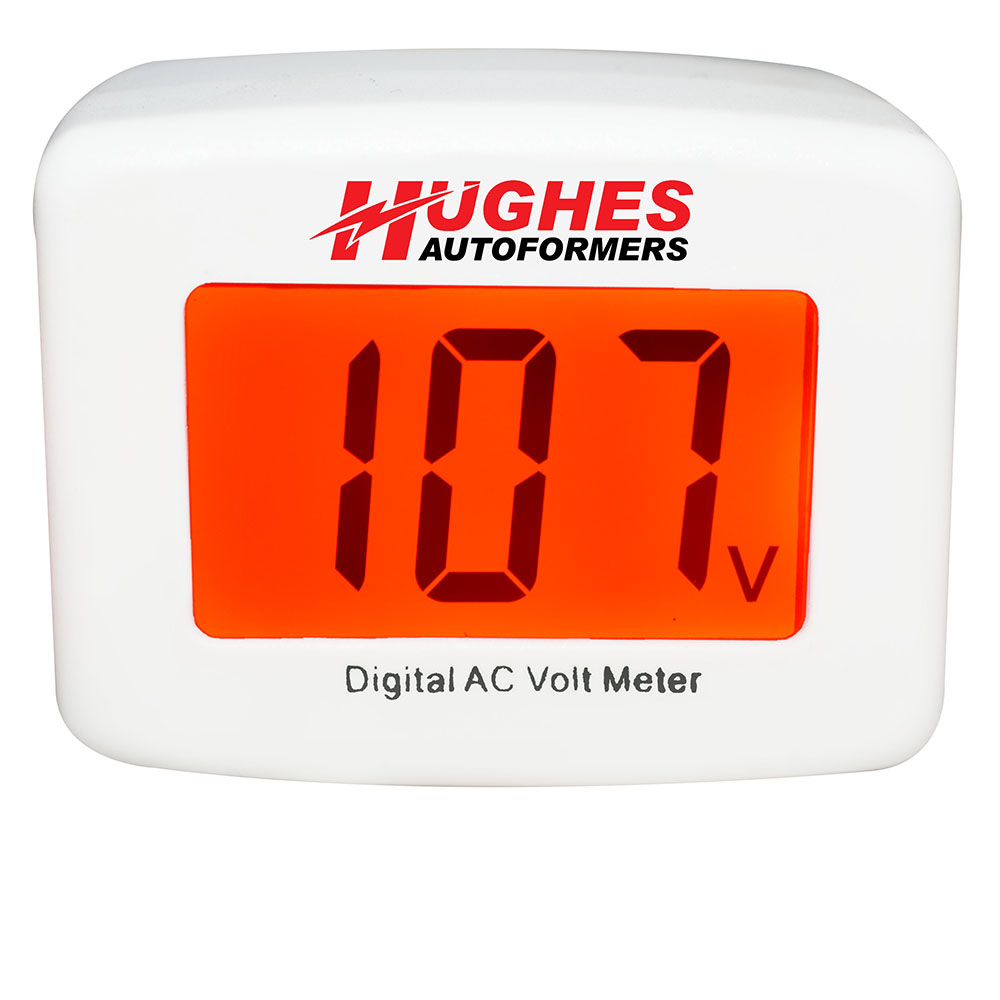

 ”
”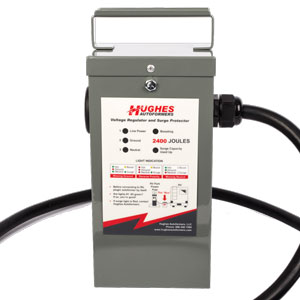
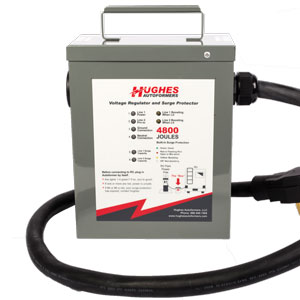
Reviews
There are no reviews yet.